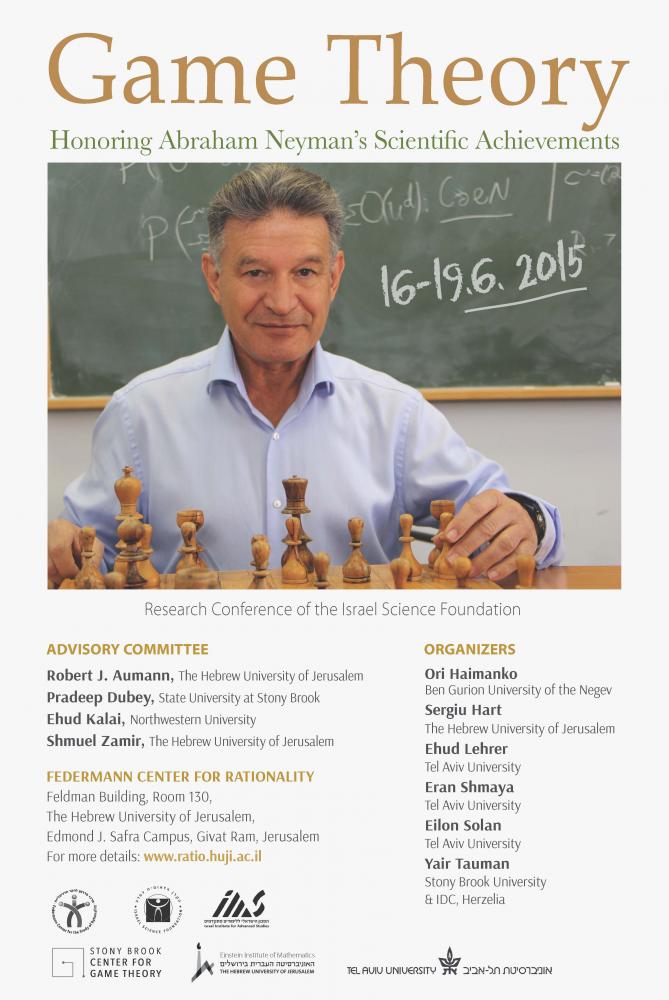The Minneapolis Fed publishes a magazine called The Region that features long interviews with economists, accompanied by nice photos. Their current issue, just out, has an interview with me.
You can read the whole thing here:
Here's the final exchange, about Pittsburgh and coffee:
"Region: One last question, if I might. Many of your major breakthroughs occurred when you were at Pittsburgh. What was it about the research environment there that was so conducive to Nobel-winning work?
You can read the whole thing here:
Interview with Alvin Roth
Stanford economist on matching theory, kidney markets and the importance of coffee
| Editor, The Region Published June 15, 2015 | June 2015 issue"Region: One last question, if I might. Many of your major breakthroughs occurred when you were at Pittsburgh. What was it about the research environment there that was so conducive to Nobel-winning work?
Roth: Well, Pittsburgh was a lot of fun. The living was easy. I walked to work. I’d walk with my kids to school and drop them off and walk on into work. My colleagues and I spent a lot of time drinking coffee and talking about economics.
The mathematician Alfréd Rényi is said to have said that a mathematician is a machine for turning coffee into theorems. Maybe economists turn decaf into models.
There were lots of people to talk to at Pittsburgh. It was a fruitful time. And it was a very good department. I think a lot of what makes a department a good place to work is that when you’re onto something you’re excited about and you walk out the door of your office and tell one of your colleagues about it, he’s excited to hear about it, too. He says “That’s great. Let’s go have a cup of coffee, and you can tell me about it.” So there’s the positive reinforcement you get just from having people think, “Isn’t that great you’re excited about something. You’re thinking about something interesting.” It makes places fun to work.
Here at Stanford, I try to organize regular coffees—I did this at Harvard and I do it here—regular coffees with students interested in different things. We have a Tuesday morning coffee for experimental economics and a Thursday morning coffee for market design. I think that a lot of intellectual interaction arises out of social interaction. You have to be talking to people before you’re talking about work.
Region: Wonderful. It’s been a pleasure talking with you. Thank you."
***************************
The December 2014 issue had an interview with an even better-looking economist
You can read it here:
The December 2014 issue had an interview with an even better-looking economist
You can read it here:
Interview with Raj Chetty
Harvard economist explores work on income mobility, education, taxation and labor supply
Raj and I were colleagues at Harvard, and if my experience moving to Stanford is any guide, he is going to have a fine time here at Stanford.
Welcome, Raj.







